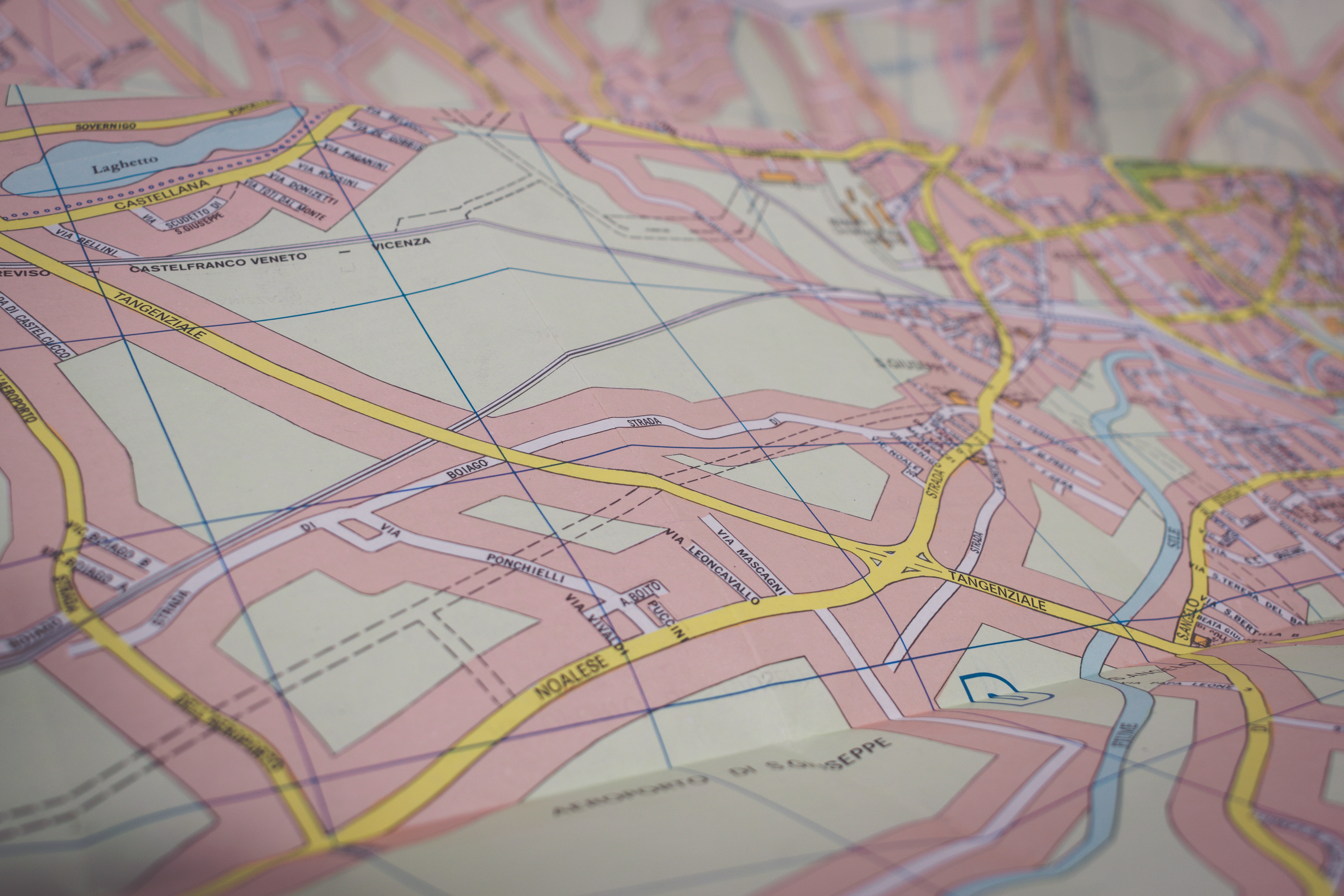When I was a kid, my parents had a set of 3-legged stools around our kitchen island. It was where I did my homework, we played countless Uno games, and I subjected my family to my signature dish, spaghetti pie, twice a week! I still have one of those stools in my office today, and it reminds me of how a solid foundation can support all kinds of activities—whether it’s staying upright or creating inclusive learning environments for all kids to thrive.
Just like my well-worn stool needed all its legs to stay balanced, the UDL Guidelines are built on three key principles, each essential for designing effective and inclusive learning experiences. These principles provide the foundation that supports all learners, just as each leg of the stool keeps it steady.
The three principles of UDL are:

- Design multiple means of Engagement. Want to learn more? Keep reading about how and why to design multiple means of engagement.
- Design multiple means of Representation. Keep Reading to learn more about designing multiple means of representation.
- Design multiple means of Action & Expression. Want to learn more about designing multiple means for action and expression? Keep reading.
Before exploring the UDL Guidelines (which may look a little like a list!), it’s crucial to understand that UDL isn’t something you simply check off a list; it’s a mindset, a framework for approaching planning in a dynamic, iterative way. UDL is about embracing evidence-based practices while continually measuring their impact on learners. It’s not as simple as deciding to 'Do UDL' in a single lesson or unit. Instead, UDL encourages us to engage in a cycle of ongoing improvement, always striving to create spaces where every student can thrive.
The UDL Guidelines, first introduced in 2008, were designed to be dynamic and evolve with new research and input from educators. Since the initial Version 1.0 in 2008, CAST has released four updates that reflect the ongoing growth. The newest version of the Guidelines was published in July 2024. You can learn more about the significant shifts here.
The newly published Universal Design for Learning: Principles, Framework, and Practice: Updated Edition describes the Guidelines as a tool for systematically thinking about individual variability in learning. The book also notes, 'Most importantly, the Guidelines are a learning instrument: a guide for self-reflection and improvement for educators and learners alike.'
As you can see from the figure below, the UDL Guidelines are organized into principles, guidelines, and considerations (formerly known as 'Checkpoints' if you’re familiar with previous versions of the Guidelines). Note the language around "designing options" in each Guideline, as no single option will work for all learners. These layers help educators systematically address learner variability and ensure their instructional practices are as inclusive and effective as possible.
%2c%209%20guidelines%2c%20and%20many%20additional%20considerations.%20.jpeg?width=2096&height=1174&name=The%20UDL%203.0%20Guidelines%2c%20which%20are%20broken%20down%20into%20three%20principles%20(engagement%2c%20representation%20and%20action%20%26%20expression)%2c%209%20guidelines%2c%20and%20many%20additional%20considerations.%20.jpeg)
If we want all students to be engaged, we must ensure they feel welcomed and that their interests and intersecting identities are celebrated and valued in the classroom (Guideline 7). To achieve this, we can explore considerations that highlight the latest research and evidence-based practices. Currently, best practices include optimizing choice and autonomy, enhancing relevance, value, and authenticity, nurturing joy, exploration, and play, and addressing bias, threats, and distractions that can prevent students from learning at high levels. If you are interested in the research base used to develop each checkpoint, dive in!
Just like my childhood stool needed all three legs to stay balanced, the UDL Guidelines are built on the foundation of three UDL principles necessary to create effective and inclusive learning environments. UDL isn’t just about checking boxes; it’s about embracing an ongoing process of reflection and improvement. By using these Guidelines, we can design learning experiences that best support the diverse needs of all students, helping them feel welcomed, valued, and empowered.
Learn more about UDL and the UDL Guidelines
- Check out our ultimate guide to UDL
- Read Katie’s best-selling book UDL Now
- What you need to know about the UDL Guidelines 3.0
- Explore our online courses including UDL Now!



